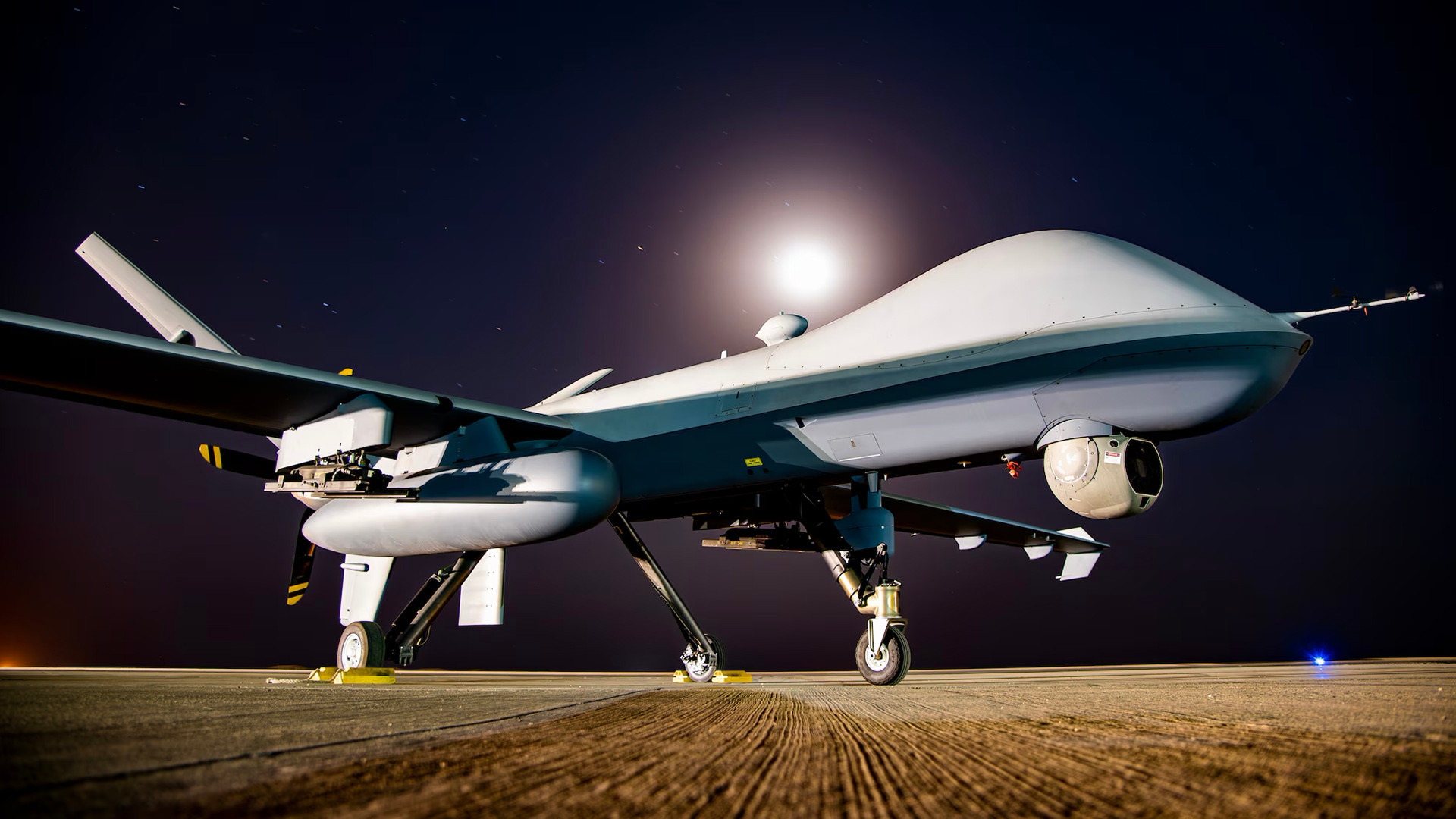The U.S. Central Intelligence Agency (CIA) is reportedly flying unarmed MQ-9 Reapers inside Mexican airspace to snoop on drug cartels. The overflights are said to have built off a covert CIA drone surveillance program that began under President Joe Biden, focused on finding labs producing the narcotic Fentanyl inside Mexico. The use of Reapers, which are capable of being armed, comes amid talk of unprecedented direct action by American forces against Mexico’s cartels, operations that could include drone strikes as TWZ previously highlighted in an in-depth feature.
CNN first reported the CIA MQ-9 flights over Mexico earlier today. The exact size of the agency’s Reaper fleet and how those drones may be configured compared to ones in service elsewhere, including with the U.S. Air Force and U.S. Customs and Border Protection (CBP), is unknown. Current generation Reapers can stay aloft for more than a day at a time depending on their configuration and loadout. MQ-9s can carry an array of precision-guided bombs and missiles, as well as a wide variety of sensors internally and in underwing pods, along with other stores. There is also considerable evidence of a very close working relationship when it comes to drone operations between the CIA and the U.S. military’s secretive Joint Special Operations Command (JSOC), as well as Air Force Special Operations Command.
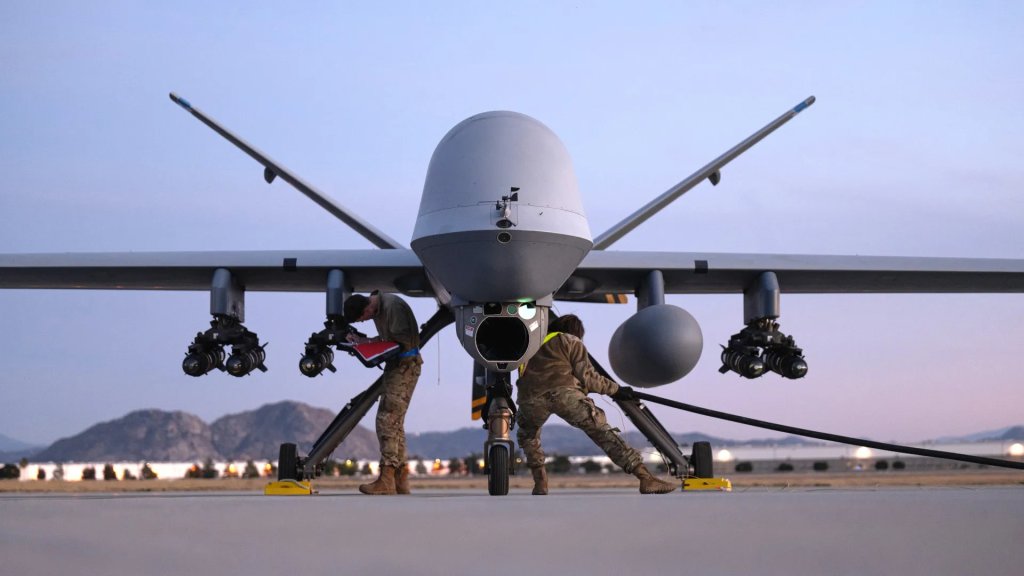
“The … flights were communicated to Congress by the Trump administration using a particular notification reserved for new or updated covert programs that the CIA intends either to conceal or deny, a source familiar with the matter said — suggesting that the flights represent a distinct escalation,” according to CNN. “The notifications made no mention of Mexican partners, the source said.”
TWZ has reached out to the CIA and the Mexican Embassy in Washington, D.C. for more information.
“The CIA has flown surveillance drones to hunt cartels inside Mexico before, according to a former and a current U.S. official, under at least one small program that partnered with Mexican authorities,” the report added.
It is interesting to note here that CBP has, at least in the past, flown its unarmed Reapers, which it refers to as Predator B drones, inside Mexican airspace in cooperation with that country’s government.
“CBP also uses Predator B aircraft to perform bi-national law enforcement operations with the government of Mexico through coordination at the Information Analysis Center located at the U.S. Embassy in Mexico City, Mexico,” according to a 2017 report from the Government Accountability Office (GAO), a Congressional watchdog. “We found that 7 percent of Predator B flight hours from fiscal years 2013 through 2016 were in foreign airspace located in Mexico or 1,615 flight hours.”
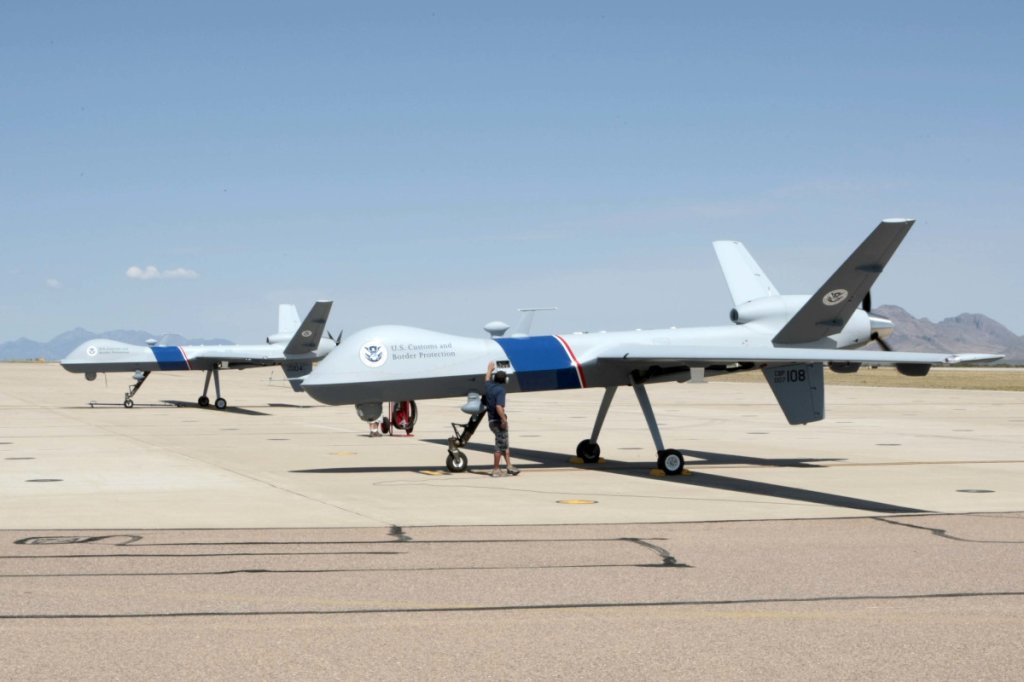
A separate report today from The New York Times does not mention the use of MQ-9s, specifically, but provides additional context about CIA drone flights over Mexico.
“The United States has stepped up secret drone flights over Mexico to hunt for fentanyl labs, part of the Trump administration’s more aggressive campaign against drug cartels, according to U.S. officials,” according to that report. “The covert drone program, which has not been previously disclosed, began under the Biden administration, according to U.S. officials and others familiar with the program.”
“C.I.A. officers in Mexico pass information collected by the drones to Mexican officials,” the Times‘ story adds. “The drones have proved adept at identifying labs, according to people with knowledge of the program. Fentanyl labs emit chemicals that make them easy to find from the air.”
The ability of aerial platforms to use multi-spectral imaging capabilities to detect chemical plumes is not new, as TWZ has reported on in the past.
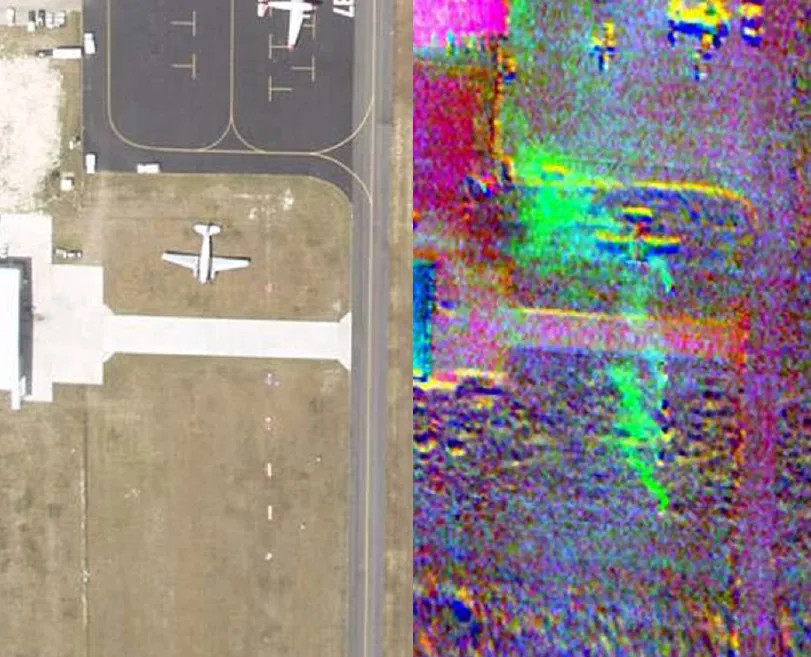
Depending on their exact sensor configuration, CIA drones, including MQ-9s, would be able to gather other kinds of data via cameras and radars, as well as collect signals intelligence, such as communications chatter between cartel members. Uncrewed aircraft could also use sensors to geolocate emitters like radios and cellphones and otherwise track the movements of targets of interest. This, in turn, could be used to help establish so-called “patterns of life” for a specific individual or group of individuals. That data can then be used to further refine intelligence-gathering efforts, as well as support the planning and execution of targeted raids or strikes. The U.S. military and the U.S. intelligence community have honed the ability to use sensor-packed aircraft, crewed and uncrewed, to find and fix often hard-to-locate targets after two decades of counter-terrorism operations. These skill sets continue to be actively demonstrated in places like Syria on a regular basis.
Northrop Grumman’s AN/ZPY-5 Vehicle and Dismount Exploitation Radar (VADER), which has flown on CBP Reapers and certain U.S. military aircraft, is just one particularly prime example of relevant known available sensor capabilities. VADER is a fast-scanning active electronically-scanned array (AESA) radar with ground moving target indicator (GMTI) with synthetic aperture radar (SAR) imaging modes. It can produce high-quality map-like images even through cloud cover, smoke, and dust, and also at night. Objects detected using the GMTI functionality can be overlaid on those images and changes in their positions can be tracked from one scan to the next.
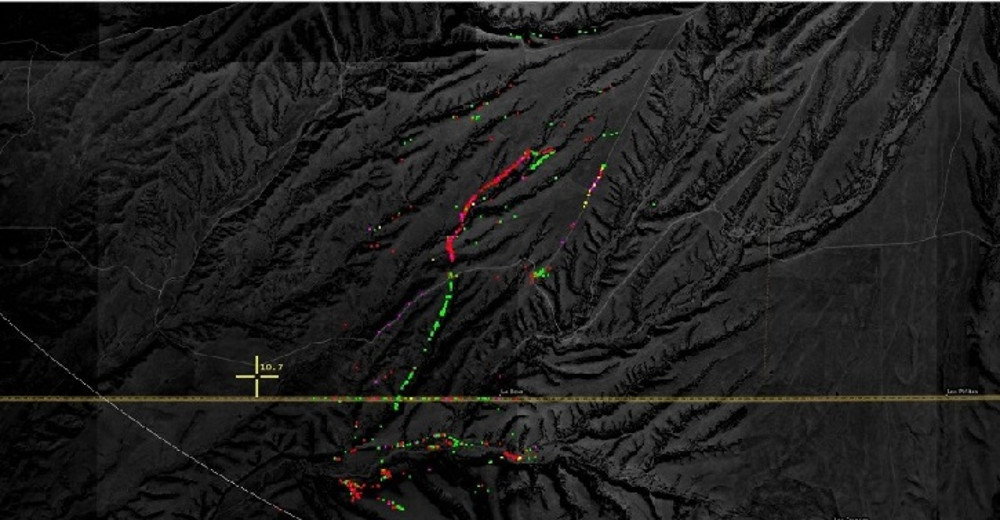
There have been previous reports, including one from The Washington Post just yesterday, about President Donald Trump’s administration directing the CIA to take a larger role in the counter-drug fight south of the border, in general.
The U.S. military has already publicly acknowledged an increase in aerial intelligence, surveillance, and reconnaissance (ISR) activity on its end involving crewed aircraft in support of counter-drug and border security operations. This has involved flights in U.S. airspace along the southern border, as well as in international airspace around Mexico.
“We’ve … increased some uniquely military capabilities that will get after the point you make, the cartels, which are driving illegal migration, and that’s primarily through airborne ISR to get more information on those and figure out how we can counter their actions,” U.S. Air Force Gen. Gregory Guillot told members of the Senate Armed Services Committee at a hearing last week.
U.S. Navy P-8A Poseidon and Air Force RC-135V/W Rivet Joint aircraft have been tracked conducting these flights, as TWZ has previously reported. A separate past report from CNN says that U-2S Dragon Lady spy planes have been utilized, as well.
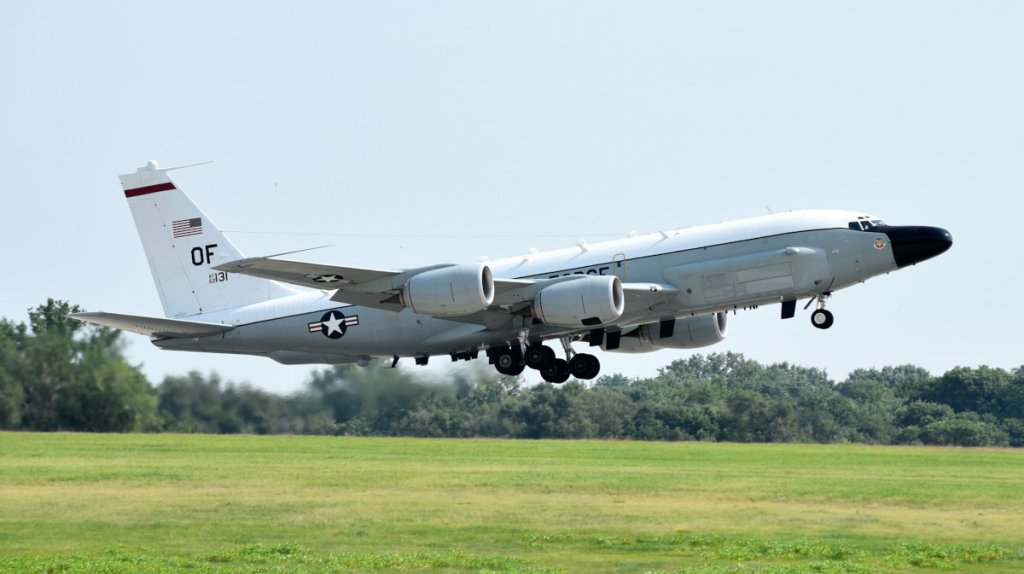
“We have a number of intel analysts that work with … lead federal agencies to provide intelligence that gets after the cartel networks that drive the production and distribution of Fentanyl and pushes it across the border,” Guillot also said during last week’s hearing. In addition, “we do have intelligence sharing with Mexico to show them what we see.”
TWZ has previously highlighted how the use of more capable and strategic-focused aerial ISR platforms, especially the Rivet Joint, already represented a significant new development in operations around Mexico. The reported covert CIA drone flights inside Mexican airspace, especially if they are being conducted without any cooperation or coordination with authorities in that country, is another major escalatory step.
“It’s part of this little campaign,” Mexican President Claudia Sheinbaum said today in response to questions about the reported CIA drone flights, but did not elaborate. Earlier this month, Sheinbaum directed the deployment of 10,000 additional military personnel to the border with the United States to help with counter-drug operations.

“We cannot rule out espionage because we do not know exactly what was done,” Mexican Defense Minister Ricardo Trevilla said last week about the U.S. military’s increased aerial ISR activity in U.S. and international airspace around his country.
Today’s reports from CNN and The New York Times both stress that the CIA drones flying over Mexico are not currently armed and that there are no immediate plans to use them to conduct strikes. However, the news can only prompt additional discussions about whether it might be a prelude to U.S. direct action against the cartels from the air and/or on the ground. The Trump administration is also working toward formally designating at least some of Mexico’s drug cartels as foreign terrorist organizations, which would expand the scope of actions that U.S. authorities could take against them.
Any direct action targeting Mexican drug cartels, especially without a new level of cooperation and trust with the Mexican government, would have major ramifications on both sides of the border. Striking any target from the air in a neighboring country you are not otherwise at war with is a major escalation and it’s unclear if the Trump administration will end up going that route. However, collecting key intelligence, including from covert CIA MQ-9 flights, would be a first step.
“Trump’s first option would likely be airstrikes — with drones and/or standoff weapons being the most likely choice — for several reasons.”
“As we have previously reported, Mexico’s increasingly well-armed drug cartels pose a serious threat to external forces. Some cartel units are extremely well-equipped and have adopted some of the latest features of warfare. They have been using drones to attack enemies for years now, for instance.”
“These organizations also often move around in increasingly well protected so called ‘narco tanks.’“

“Cartels can also have defacto control over large areas with lots of support at the ready. Inner circles around key drug lords are among the most heavily defended and fortified positions in these areas, which makes them challenging targets. But the same ‘find and fix’ tactics that have been used to take out terrorists in the Middle East, especially with the help of drones, could potentially be brought to bear to help solve that problem. Unless Mexico agrees to their employment, they would not be operating in totally permissible airspace. While Mexico’s air defenses are extremely rudimentary, this could still be an issue.”
“Any sort of ground raid without prior authority from Mexico raises the concern that any U.S. troops inadvertently left behind or otherwise captured could be without legal protection. That’s why U.S. military deployments frequently take place with Status of Forces Agreements (SOFAs) giving military personnel and civilian contractors protection from being subject to unfair criminal or civil justice systems.”
…
“While far less risky to U.S. troops, the downside of relying solely on airpower is the loss of valuable intelligence U.S. forces could gather on the ground to rapidly exploit, as they did in Afghanistan and Iraq.”
Details about existing U.S. military activities on the ground in Mexico, understood to primarily revolve around advise and assist and training support type missions, are limited. Members of the U.S. Army’s 7th Special Forces Group (Airborne) reportedly just recently deployed to the country to help train members of the Mexican Marine Corps through the end of March. Mexico’s Marines have now long been among the country’s military units most heavily committed to the counter-drug fight.
Whatever the Trump administration’s exact plans to go after the cartels might be, the CIA already looks to have taken a leading role, including with its reported covert drone flights.
Contact the author: joe@twz.com
